You might know about a few super-precise ALCMs, but How Deadly Is the Taurus KEPD 350? It’s a missile that strikes with pinpoint accuracy, flying over 500 km to destroy heavily defended targets. Its stealth, speed, and deep penetration capability make it truly terrifying in modern warfare. Here’s a full breakdown.
During the Cold War, the U.S. and the Soviet Union had already developed several best-in-class air-launched cruise missiles (ALCM). More interestingly, just after the Cold War, the focus shifted, with the creation of high-quality weapons becoming a top strategic priority over sheer quantity.
By the late 20th century, traditional military targets such as airfields, command centres, and critical infrastructure were increasingly protected by advanced air defence systems and located in fortified structures.
Thus, the major European nations sought to design a weapon that could neutralize these threats without risking their pilots and aircraft. A standoff weapon, capable of being launched from a distance well beyond enemy air defences, became essential to address these evolving security challenges.
In addition, the development also ensured that European nations had access to cutting-edge precision-strike technology, reinforcing their defence and deterrence capabilities without relying solely on American weapons.
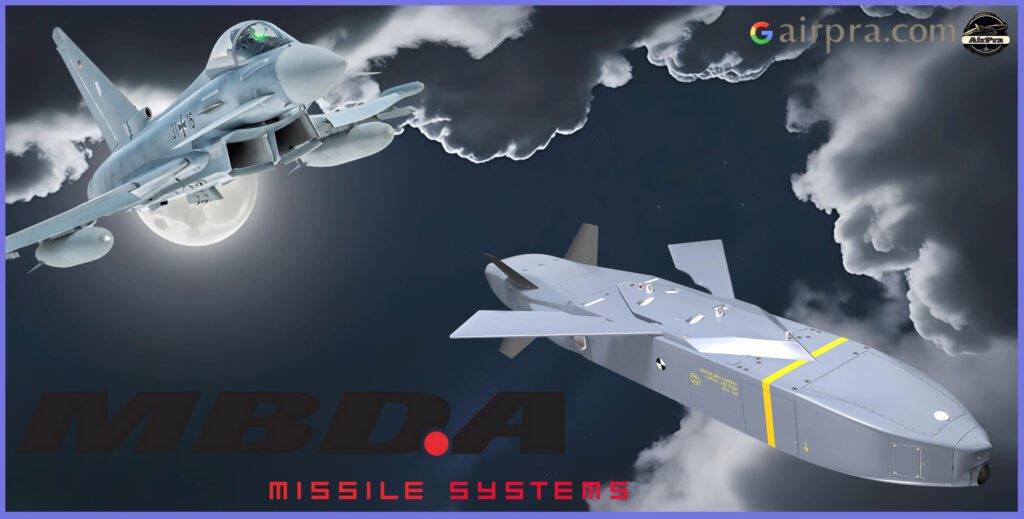
With a strategy based on 21st-century warfare in mind, France and Britain collaborated to develop a low-observable, long-range air-launched cruise missile based on the existing French Apache design, known as Storm Shadow/Scalp.
On the other side, Germany began developing a state-of-the-art air-launched cruise missile from scratch in 1995. In 1998, Swedish Saab Bofors Dynamics joined the project, providing both funding and technical expertise for its development. By 2005, a formidable cruise missile with precision engineering was completed, known as the Taurus KEPD 350.

Manufactured by Taurus Systems GmbH, a partnership between MBDA Deutschland GmbH and Saab Bofors Dynamics, the Taurus KEPD 350 is a state-of-the-art air-launched cruise missile. The full form of TAURUS is the Target Adaptive Unitary and Dispenser Robotic Ubiquity System, reflecting its advanced capabilities in precision strike and adaptability to various target environments.

Precision and Power: An Overview of the Taurus KEPD 350
The Taurus KEPD 350 missile incorporates cutting-edge stealth technology, giving it an impressive operational reach beyond 500 km (310 mi). Powering its journey is a Williams P8300-15 turbofan engine, enabling it to achieve a rapid subsonic speed of Mach 0.95.
This versatile missile boasts seamless integration capabilities, allowing it to be deployed from a diverse array of aircraft. Compatible platforms include the Panavia Tornado, Eurofighter Typhoon, Saab JAS 39 Gripen, McDonnell Douglas F/A-18 Hornet, and the McDonnell Douglas F-15K Slam Eagle.
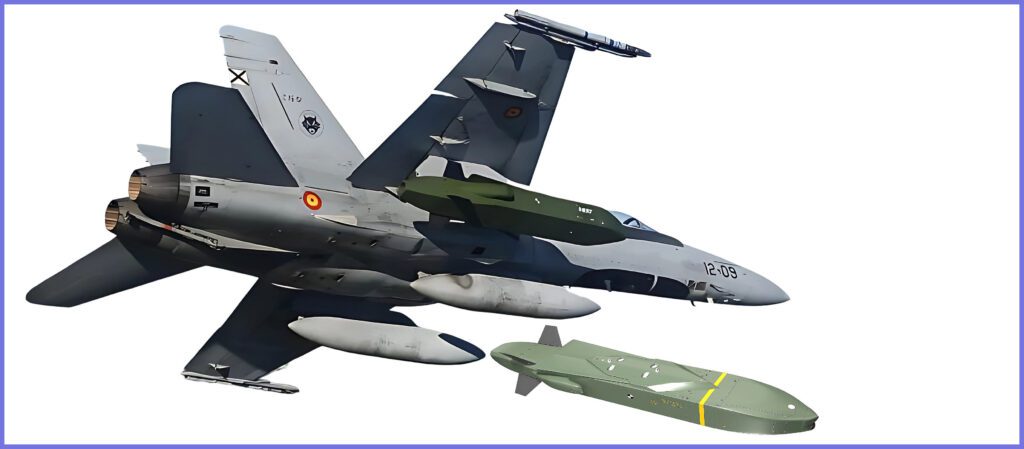
By utilizing very low-level-terrain following flights to navigate through numerous air defences, the missile is equipped with a dual-stage 480-kilogram (1,058 lb) warhead, aptly named MEPHISTO (Multi-Effect Penetrator Highly Sophisticated and Target Optimized).
Equipped with an advanced warhead, this missile employs a two-stage attack mechanism. A precursor charge first clears obstructions or breaches formidable barriers, preparing the way for the primary warhead. Its detonation is meticulously controlled by a variable delay fuze, optimizing impact on deeply embedded or reinforced structures.
Weighing around 1,400 kg (3,100 lb) and boasting a 42.5-inch diameter, the missile is precisely engineered for a wide array of mission profiles.

This missile is engineered to engage a diverse array of targets, from hardened bunkers and command, control, and communications facilities to airfield and port infrastructure. It can neutralize ammunition storage sites, strike ships both docked and at sea, and even conduct area target attacks or destroy bridges. Furthermore, it incorporates electronic countermeasures for self-protection.

Key Design Highlights of the Taurus KEPD 350 Missile
Guidance System: Mission planners meticulously prepare the missile by pre-programming the target coordinates, known air defence positions, and the intended flight trajectory. Once launched, the missile executes a low, terrain-hugging flight path.
Its advanced guidance relies on a sophisticated fusion of inertial navigation system (INS), image-based navigation (IBN), terrain-referenced navigation (TRN), and Global Positioning System (GPS), ensuring precise navigation to the target’s vicinity. Notably, this missile demonstrates exceptional navigational capability across vast distances, even when GPS support is unavailable.
This missile features a fail-safe design, allowing it to maintain its programmed flight path even if GPS access is disrupted. Once it nears the target area, the missile performs a bunt manoeuvre, climbing to an optimal altitude. This ascent is strategically calculated to maximize the chances of target acquisition and successful penetration.
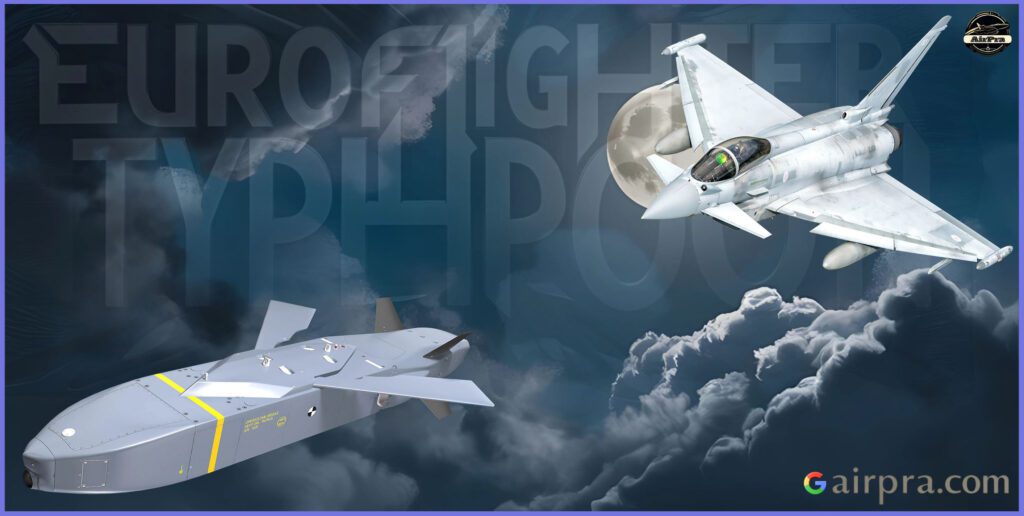
Precision Strike Abilities: This missile boasts advanced capabilities specifically designed for precision strikes against heavily fortified and high-value strategic targets. During its cruise, a high-resolution thermographic camera is vital, aiding navigation through Image-Based Navigation (IBN). This sophisticated camera also enables the missile’s ability to attack targets without relying on GPS.
The missile incorporates a sophisticated method for target verification, aiming to match its camera’s real-time image with a pre-loaded 3D target model, known as the Digital Scene Matching Area Correlator (DSMAC). If this visual correlation isn’t conclusive, the system smoothly transitions to its alternative, dependable navigation methods.
A key innovation is its globally unique programmable intelligent multi-purpose fuze. This fuze utilizes both layer counting and void-sensing technologies to precisely detonate the penetrator at specific internal levels of a target structure.

Inside the Powerhouse: The Taurus KEPD 350‘s Specifications
The Taurus KEPD 350 is a modern air-launched cruise missile designed for long-range precision strikes. With a total weight of approximately 1,400 kg and a length of 5 meters, it carries a 480 kg MEPHISTO warhead equipped with a two-stage penetrator to defeat reinforced structures. Its flight range exceeds 500 km, and it travels at very low altitudes—around 98 feet—to avoid enemy radar systems.
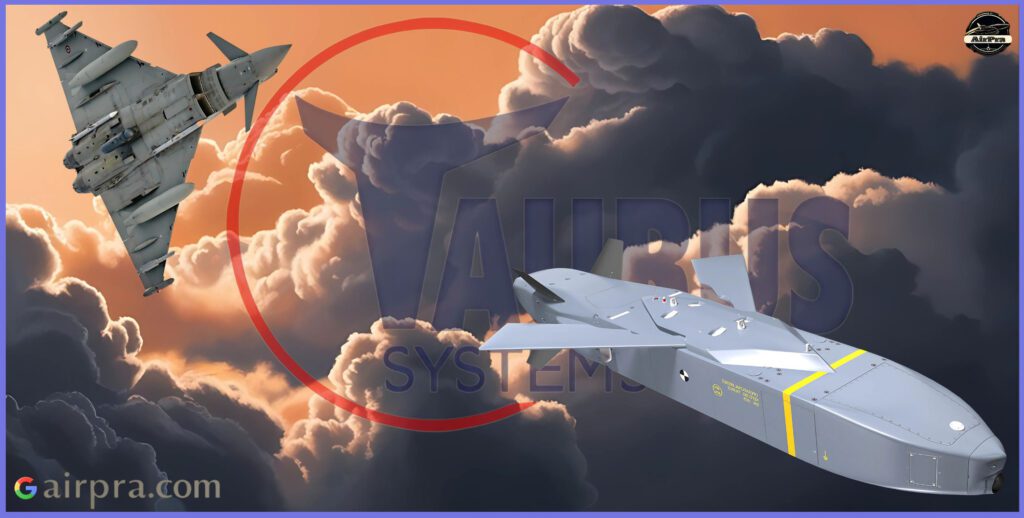
Powered by a turbofan engine, it travels just below the speed of sound at Mach 0.95. For navigation, the missile relies on a mix of technologies including inertial systems, GPS, terrain-matching, and image-based guidance, ensuring it hits targets with remarkable precision. This blend of stealth, power, and smart navigation makes the Taurus KEPD 350 a formidable force in long-range strike operations.
Extent of Use: Countries Equipped with the Taurus KEPD 350
Three countries are presently utilizing this sophisticated missile system. Germany possesses the largest stockpile, with 600 missiles allocated for its Tornado IDS and Typhoon fighters. Spain has also adopted the system, acquiring 43 missiles for its F/A-18 Hornets. Additionally, South Korea has committed to the system, ordering 267 missiles for its F-15K Slam Eagle fighter jets.
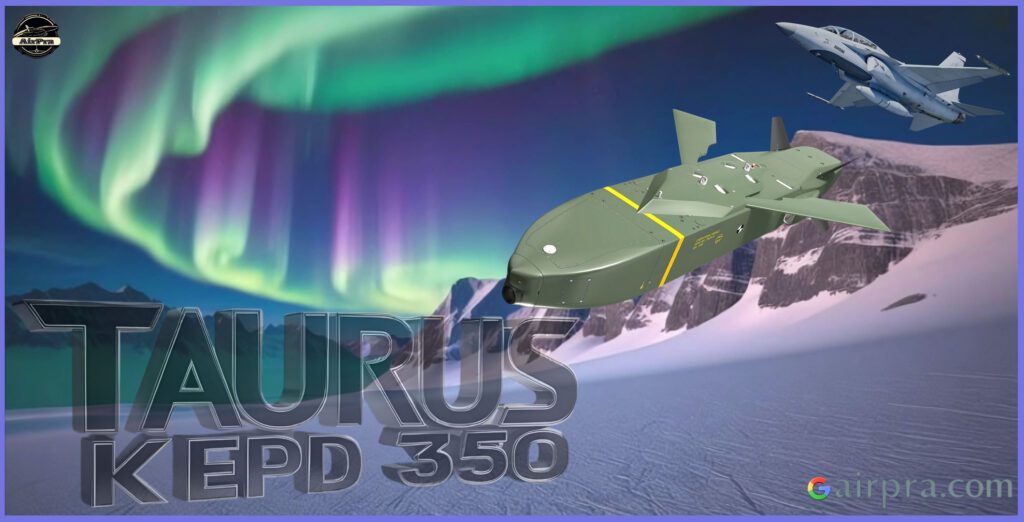
Looking ahead, Taurus Systems announced in October 2015 the development of a smaller Taurus missile, the 350K-2. This compact variant is intended for light fighter platforms, such as the South Korean FA-50 Block 20 of the KAI T-50 Golden Eagle. A long-range variant is also in development for the KAI KF-21 Boramae fighter.
Important Announcement for Our Valued Readers!
Information in this article may have changed since publication. For the most accurate insights, we recommend cross-checking with the latest sources. However, if you want to explore videos on these high-tech systems, then unlock a world of in-depth military equipment insights—available exclusively when you subscribe to AirPra! on YouTube.
We’re committed to delivering high-quality content on military technology and global developments. Your support—especially through purchases via our affiliate links—helps us continue this work.
We welcome your suggestions! If there’s any defence equipment you’d like us to cover, drop a comment, and we’ll do our best to include it.
Thank you for your continued interest—enjoy exploring our content!
